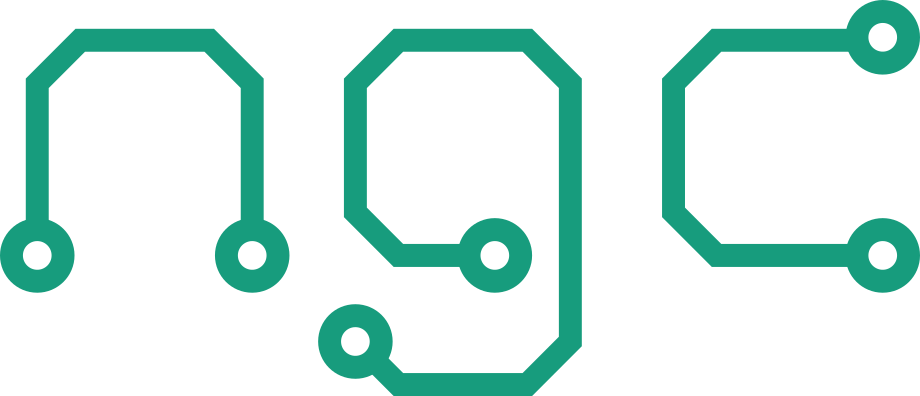Biological systems, from single cells to whole organisms or even a sophisticated ecosystem, operate as computational entities.
Cells, for example, can receive mechanical, (electro-) chemical or optical information through receptors, process information through intricate signaling pathways, store data in molecules (DNA, RNA), therefore translate external stimuli (input) into specific biochemical responses (output).
Historically, processes of natural computation have been the inspiration for the development of novel problem-solving techniques in computation such as:
– Cellular automata
– Swarm intelligence
– Neural computation
– Membrane computing
– Amorphous and morphological computing
Nowadays, the emerge of bioengineering and synthetic biology allow for the design and repurposing of biological systems for different applications including computational purposes. Using engineered biological circuits, often called genetic logic gates, enable the creation of complex computational networks within living cells or clusters of cells.
Namely,
– Bacteria (e.g. E.coli)
– Yeast and fungi (see also Physarum Machines)
– Eukaryotic cells
have been utilized for Biocomputing applications.
Advantages
– Biological systems can interact with the environment and have in an evolutionary process evolved to perform complex information processing tasks, such as pattern recognition, making them well-suited for applications that require sensing and control capabilities.
– Parallel Processing: Biological systems can perform complex computations in parallel, making them well-suited for problems that require processing of large amounts of data or that have many independent components
– Adaptability: Biological systems are capable of adapting and evolving in response to changing conditions, making them well-suited for applications that require flexible and dynamic computing systems.
– Energy Efficiency: Biological systems are energy-efficient, as they perform computation using metabolic processes that are powered by chemical energy
Literature
| Title | Author | Year |
| Pathways to cellular supremacy in biocomputing | Grozinger et al. | 2019 |
| High-Performance Biocomputing in Synthetic Biology–Integrated Transcriptional and Metabolic Circuits | A. Goñi-Moreno and P. I. Nikel | 2019 |
| Whole-cell biocomputing | M. L. Simpson et al. | 2001 |
| Fungal electronics | A. Adamatzky et al. | 2022 |
| Slime mould processors, logic gates and sensors | A. Adamatzky | 2015 |
| Distributed biological computation: from oscillators, logic gates and switches to a multicellular processor and neural computing applications | M. Moškon et al. | 2021 |
| Synthetic neuromorphic computing in living cells | Rizik et al. | 2022 |
